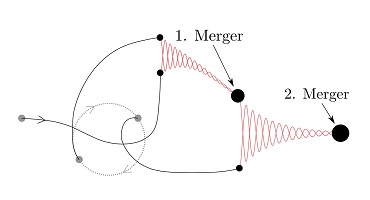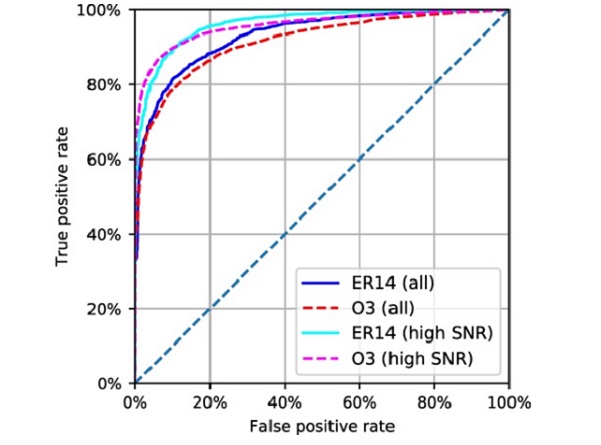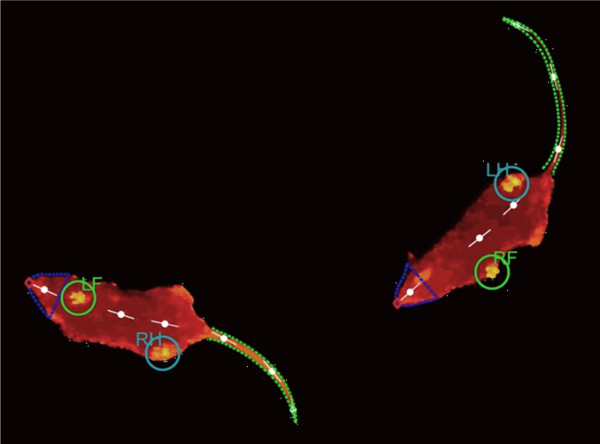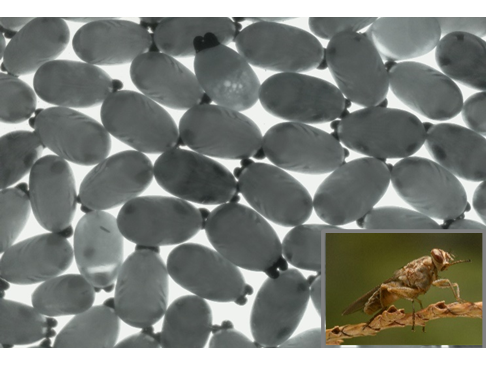Projects

Timing system development
since 2005
I led the manufacturing and testing of the timing subsystem for the LIGO project, as well as the timing diagnostics for the collaboration. The same timing system will be used in the Japanese gravitational-wave detector, KAGRA.

Joint Gravitational-Wave and High Energy Neutrino Searches
since 2006
I am one of the three founders of this field. A cosmic event which is observed both in gravitational-waves and high energy neutrinos is yet to be discovered--the new sceince it will bring will be astonishing!

Black hole merger Sources
since 2016
A fraction of LIGO-Virgo's binary black hole detections may originate from regions around active galactic nuclei. Some may be associated with hierarchical mergers.

Machine Learning Applications in Gravitational-Wave Science
since 2017
LIGO continuously records hundreds of thousands of channels of environmental and instrumental data which we use to identify artifacts in the gravitational-wave data streams which mimic true GW events. Machine learning techniques can reduce the false alarm rate and consequently enhance detection confidence.

SCiMMA
Since 2018
SCiMMA is a multi-university project for development of scalable cyberinfrastructure that helps scientists interpret multimessenger observations. SCiMMA promotes global collaborations that transcend the capabilities of any single team or university.

Neurodegenerative disease progression
Since 2013
Neurodegenerative diseases from Niemann Pick to Alzheimer's affect a many worldwide. Early detection, prophylaxis, and treatment will improve human life tremendously for many. Our machine-vision and intelligence-based diagnostic system opens new windows and hopes for the future, enabling early recognition and drug development.

Vector-born diseases and global health
Since 2008
The BioOptics group at Columbia has developed several marketable technological innovations for combating disease-transmitting vectors that are aimed to break the disease cycle. We also invented new technologies that allow us to study the neural net of arthropods via behavioral clues. We also develop integrated machine-arthropod systems.

Eradicating the economic damage of tsetse via sterile insect technique
Since 2015
Tsetse flies, which inhabit much of sub-Saharan Africa, spread sleeping sickness, a major cause of morbidity and mortality in endemic countries. We are pioneering a machine learning, robotics, and data science-based breakthrough for progressive tsetse control, which could enable a healthier, safer, and more productive life for a continent-sized region.
Outreach
Since 2004
I take summer students at out lab every summer, volunteer to give presentations at urban schools in New York City, present my LIGO interferometer demonstration at the World Science Festival street fair, and have been a main organizer for the Science Expo at the School at Columbia, a K-8 school with a diverse student body. I would like to spread a love for science to the next generation!